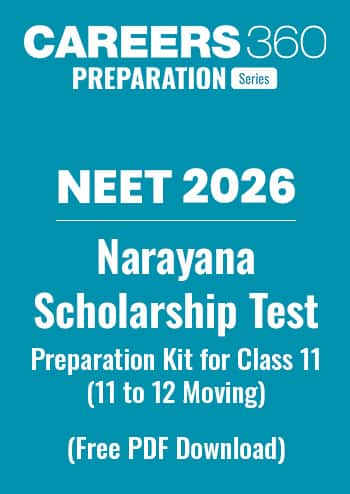Laws Of Chemical Combination For Elements And Compounds MCQ - Practice Questions with Answers
Quick Facts
-
17 Questions around this concept.
Solve by difficulty
How many basic laws are required to combine the elements to form compounds?
Concepts Covered - 1
Law of Conservation of Mass :
It states that matter can neither be created nor destroyed. This law formed the basis for several later developments in chemistry. In fact, this was the result of the exact measurement of masses of reactants and products, and carefully planned experiments performed by Lavoisier.
Law of Definite Proportions :
This law was given by, a French chemist, Joseph Proust. He stated that a given compound always contains exactly the same proportion of elements by weight.
Law of Multiple Proportions :
This law was proposed by Dalton in 1803. According to this law, if two elements can combine to form more than one compound, the masses of one element that combine with a fixed mass of the other element, are in the ratio of small whole numbers.
Gay Lussac’s Law of Gaseous Volumes :
This law was given by Gay Lussac in 1808. He observed that when gases combine or are produced in a chemical reaction they do so in a simple ratio by volume provided all gases are at the same temperature and pressure.
Avogadro Law :
- Avogadro's law explains the law of combining volumes.
- According to this law, "Under similar conditions of temperature and pressure, the equal volume of gases the equal number of molecules. "
It means 10 ml of H2, O2, N or a mixture of gases have the same number of molecules.
It is used in:
(i) The deriving molecular formula of a gas
(ii) Determining atomicity of a gas
(iii) Deriving a relation
molecular mass = 2 x vapour density
M=2 X VD
(iv) Deriving the gram molecular volume
- Avogadro number (No or NA) = 6.023 x 1023
- Avogadro number of gas molecules occupy 22.4 litre or 22400 ml or cm3 volume at STP
- The number of molecules in 1 cm3 of a gas at STP is equal to Loschmidtnumber, that is, 2.68 x 1019
- The reciprocal of Avogadro number is known as Avogram.
Study it with Videos
"Stay in the loop. Receive exam news, study resources, and expert advice!"













